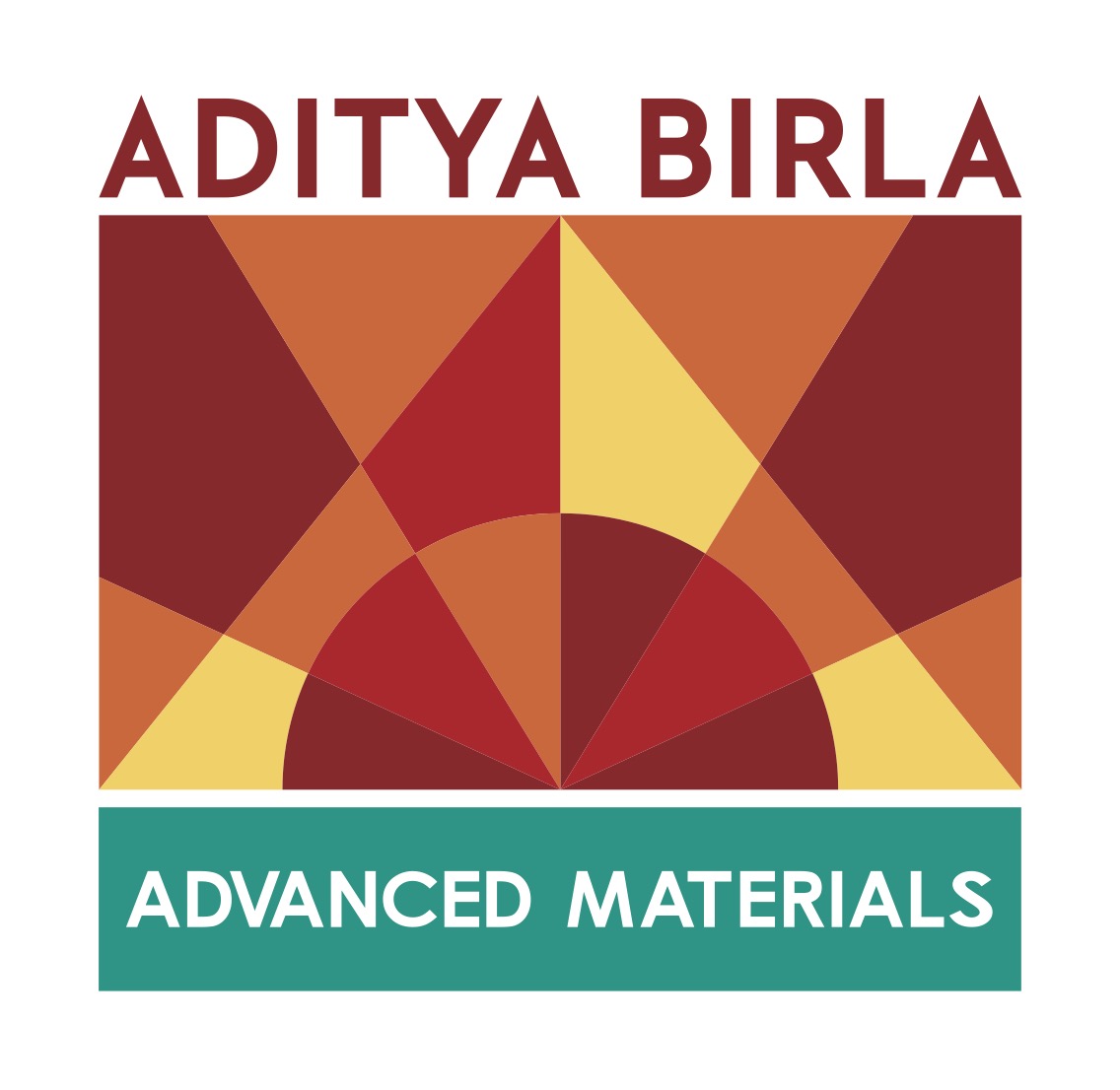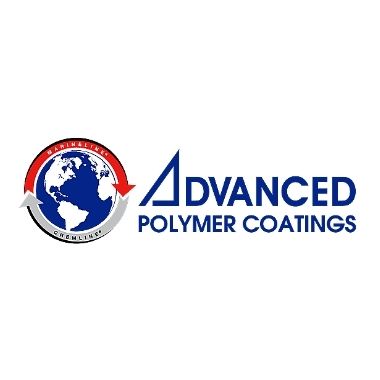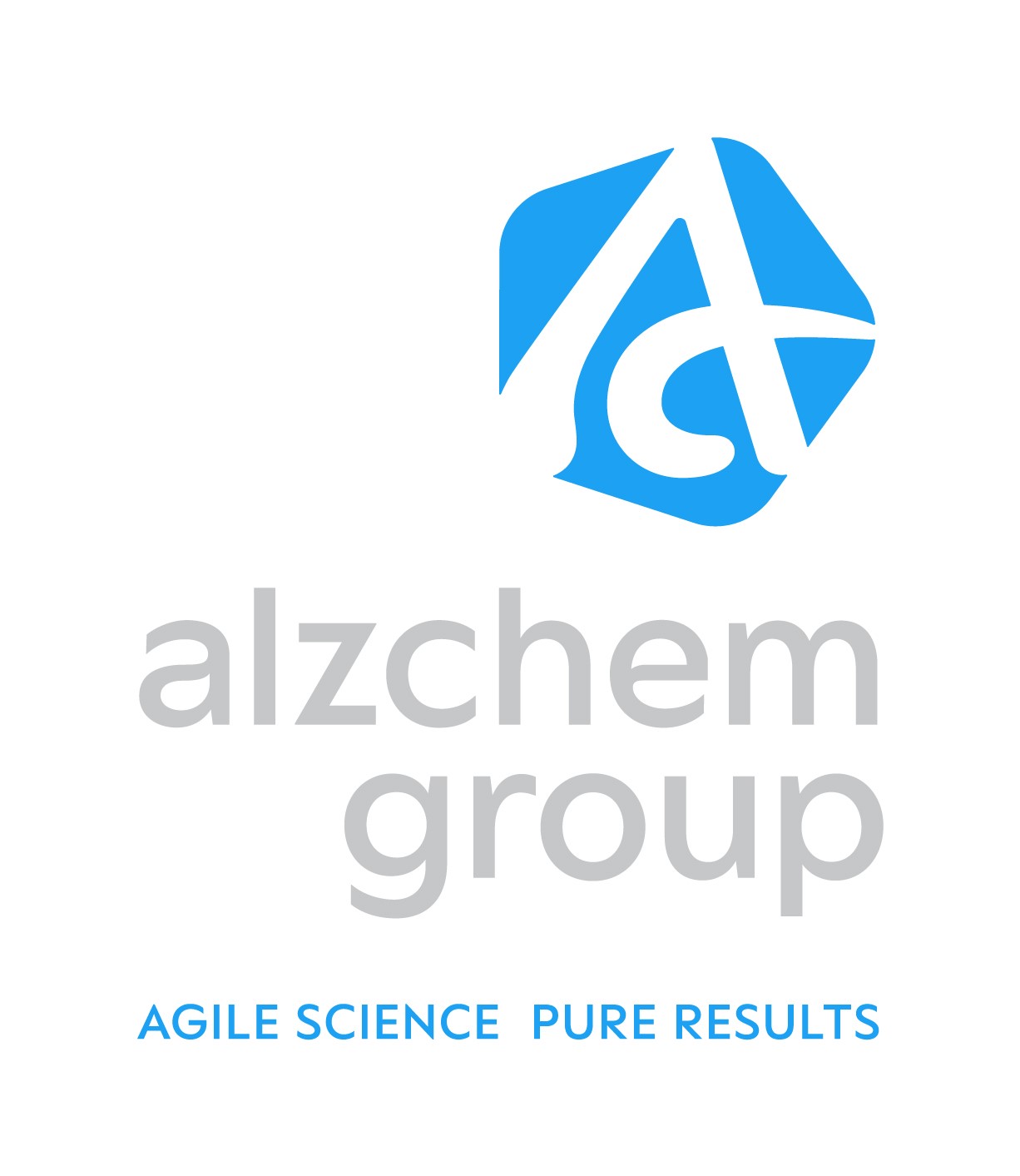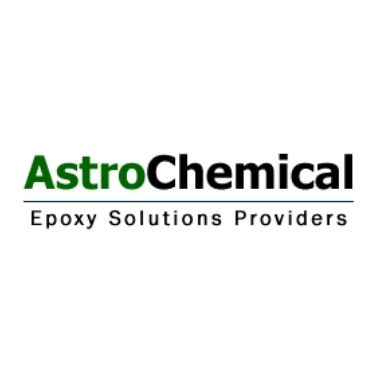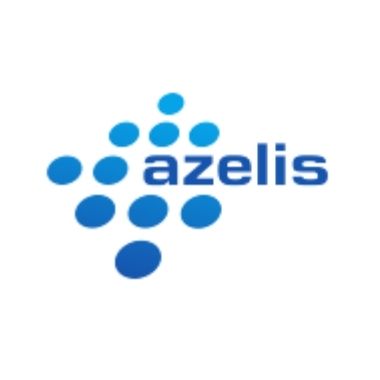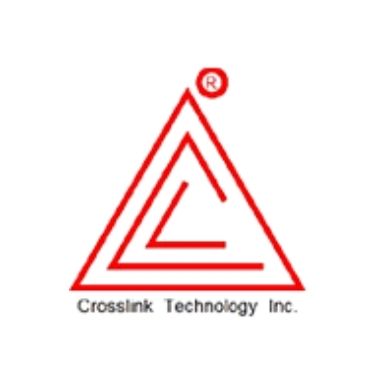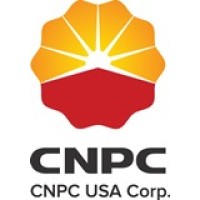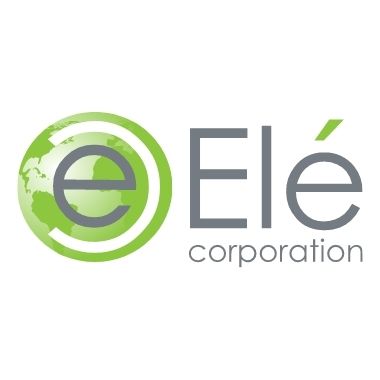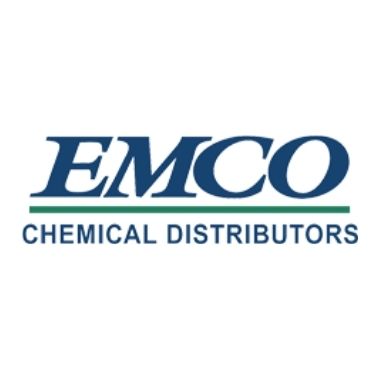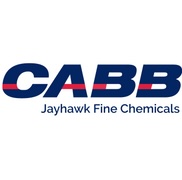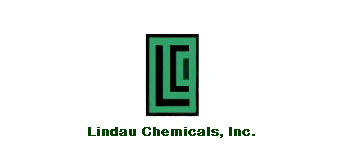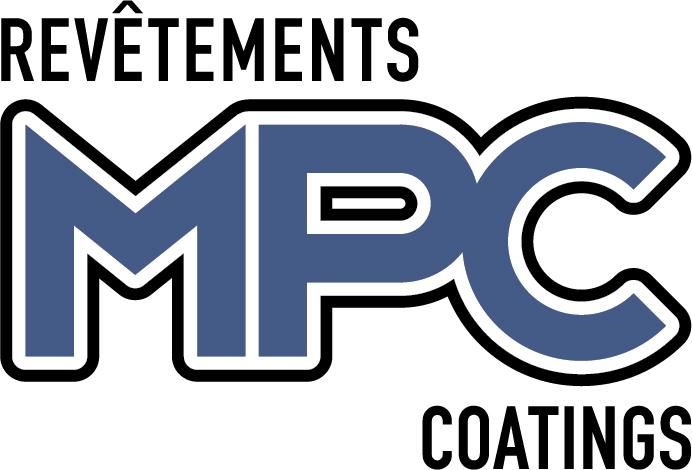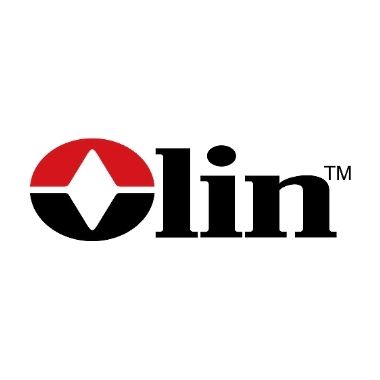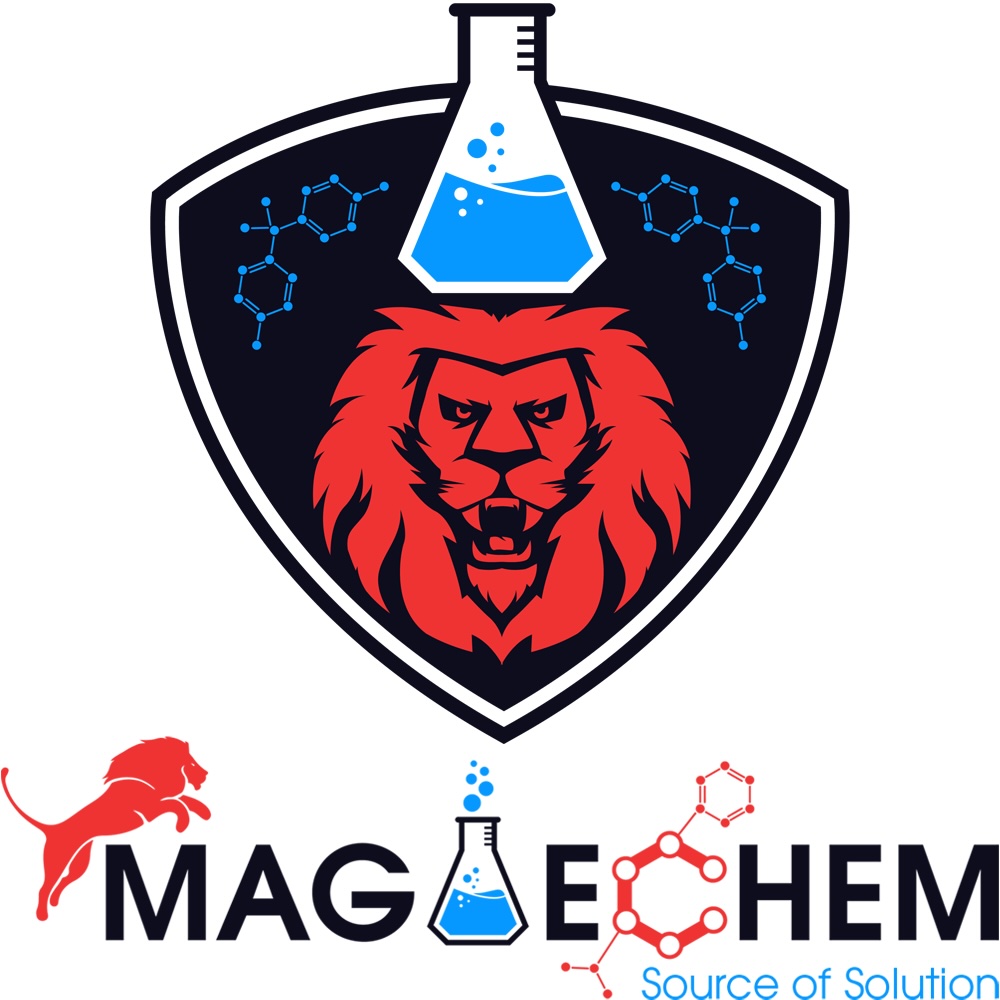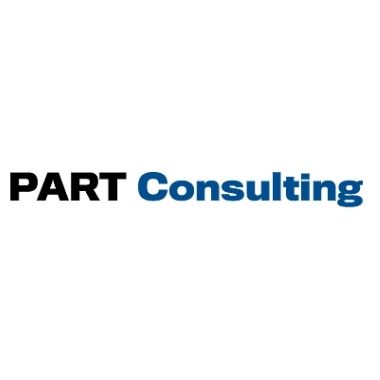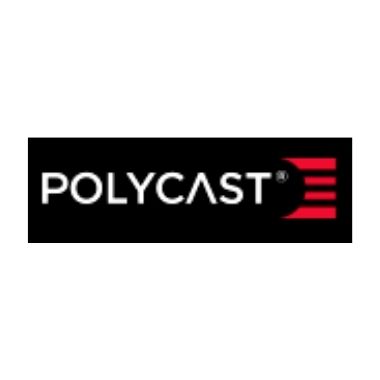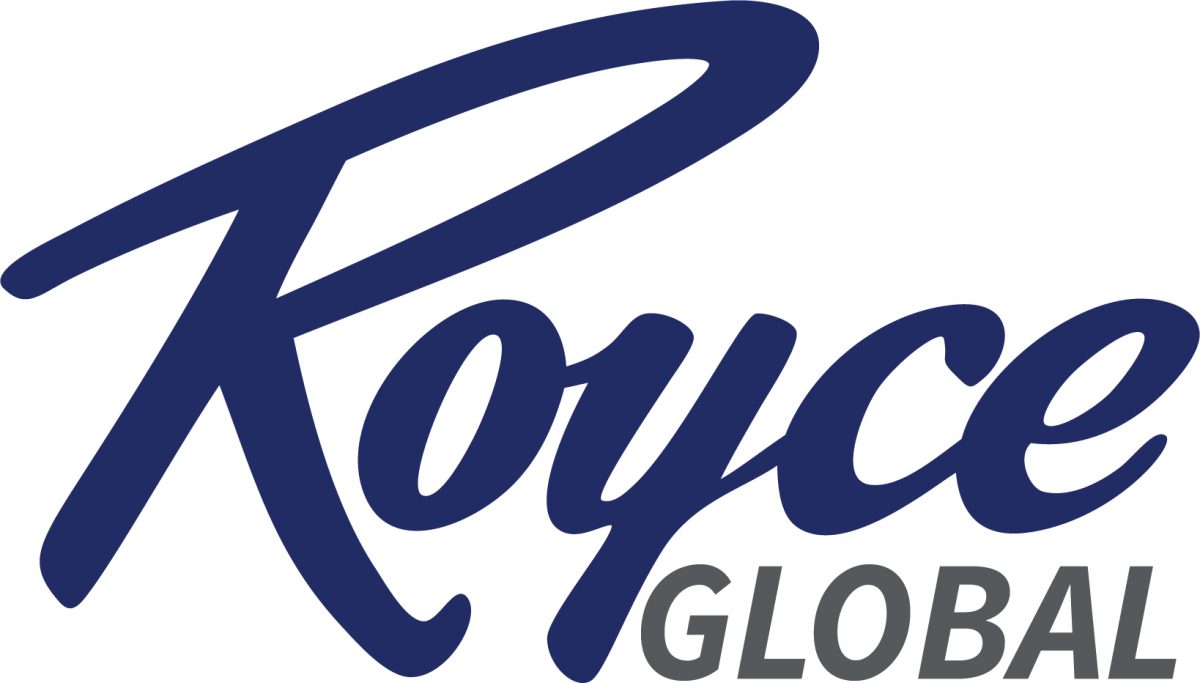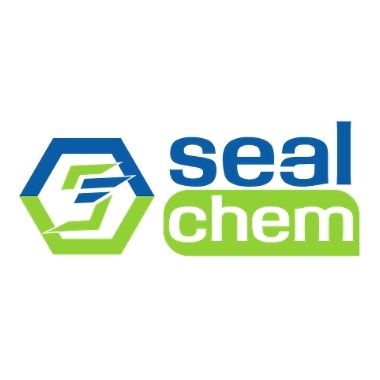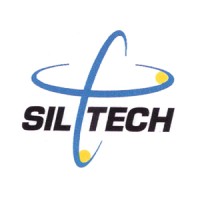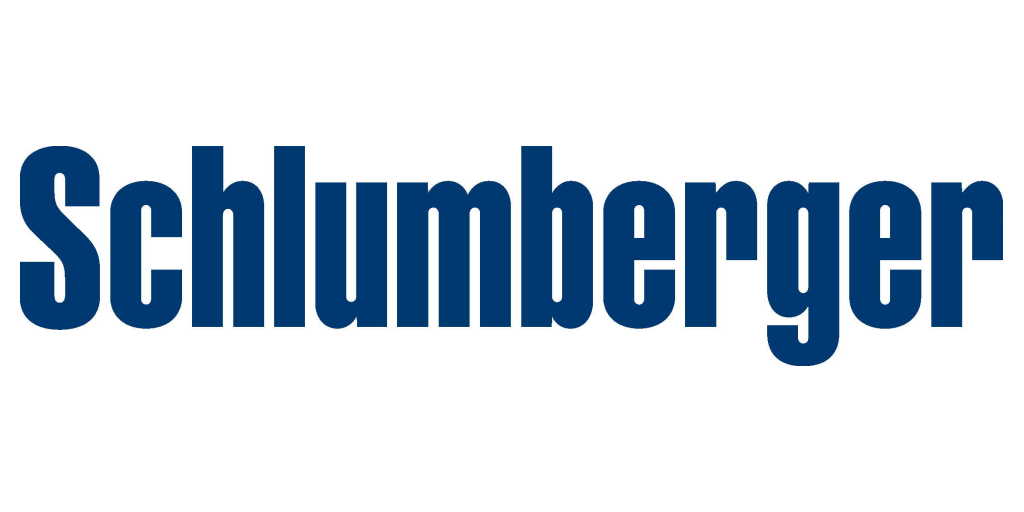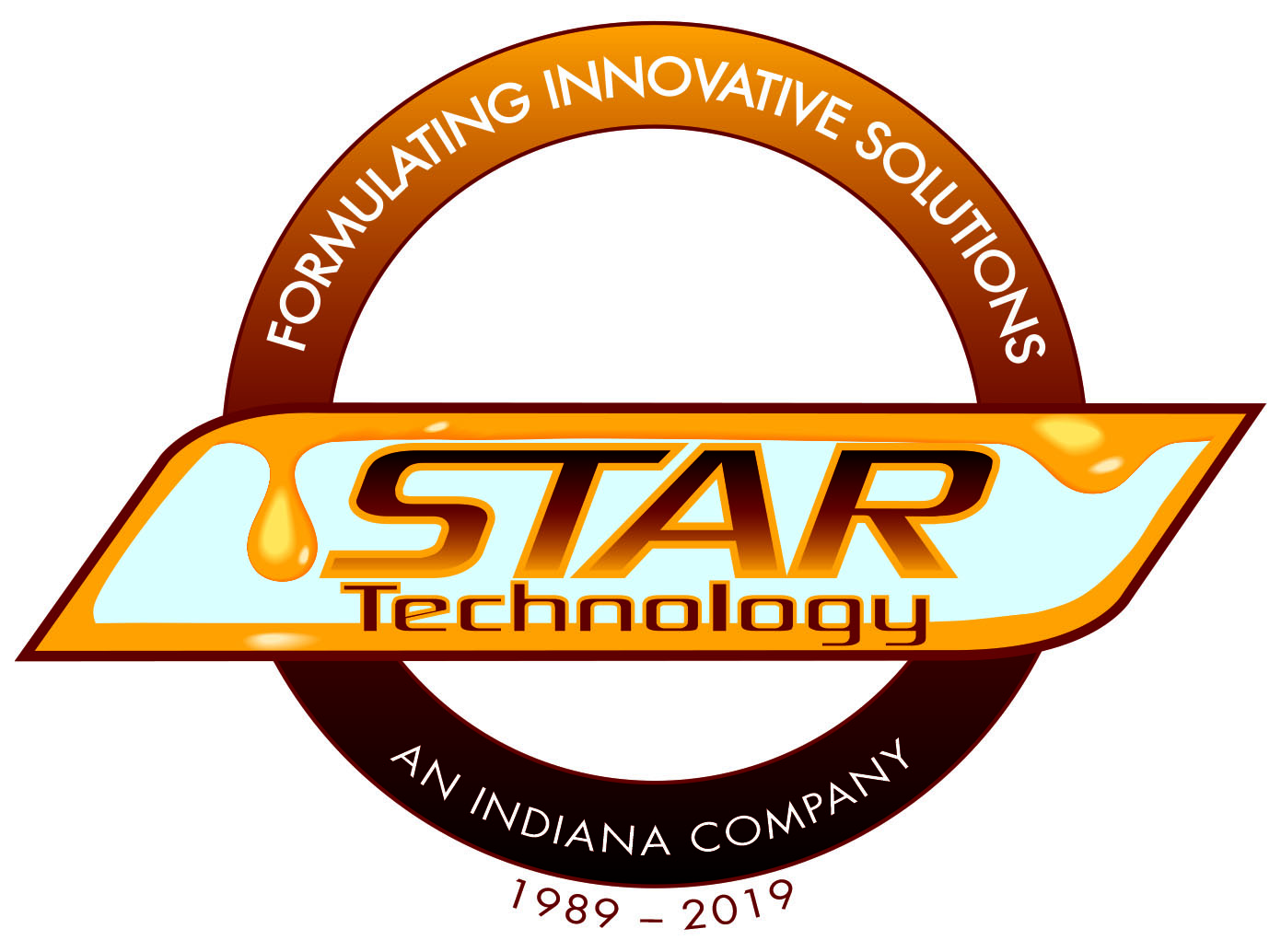2006 Annual Meeting Technical Papers
Papers are listed in alphabetical order by presenter:
FAST CURING ANTICORROSION PRIMERS FOR STEEL PROTECTION
Jean-Luc Dallons, Cardolite Corporation
(Adhesives & Sealants Committee)
Phenalkamine curing agents for epoxy resins provide outstanding anti-corrosion protection, fast and low-temperature curing, high surface tolerance, large overcoat window, and low VOC formulations.
(METH)ACRYLIC STRUCTURAL BONDING IN MODERN VEHICLE ASSEMBLY
Al DeCato, Henkel Corporation
(Non-Epoxy Committee)
An introduction to the chemistry, applications, and performance of (meth) acrylic-based structural adhesives which are finding greater acceptance in the modern assembly of transportation vehicles.
THERMAL DEGRADATION OF CARBON FIBER/CYANATE ESTER RESIN COMPOSITES FILLED WITH CLAY SILICATE NANOPARTICLES
Dr. Shawn Doherty, University of Delaware Center for Composite Materials
(Composites & Tooling Committee)
Composite materials are becoming increasingly utilized in both civilian and military aviation applications. This reality is a driving force to develop affordable materials systems that can withstand the extreme environments experienced during flight. The use of nanoscale filler has been shown to provide a method to improve the mechanical properties and thermal stability of polymeric resin systems. Our current work is focused on understanding how these results translate to fiber-reinforced composite systems. This presentation will discuss the effects that clay silicate nanoparticle fillers have on the thermal stability of carbon fiber/cyanate ester resin composite systems. The discussion will include data on mass loss, crack growth, and fracture toughness in the composite systems.
A NOVEL POLYFUNCTIONAL EPOXY RESIN WITH HIGH HEAT RESISTANCE AND MECHANICAL PROPERTIES
Pradip Kumar Dubey, Aditya Birla Chemicals (Thailand)
(Composites & Tooling Committee)
A novel polyfunctional epoxy resin was synthesized. FTIR and NMR were used to characterize the structure of the resin. The resin was further cured with different curing agents and various thermal and mechanical properties were investigated using Differential Scanning Calorimeter (DSC), Thermogravimetric analysis (TGA), Dynamic Mechanical Analyzer (DMA), Impact tester, and Universal Testing Machine (UTM). New epoxy resin possesses improved mechanical properties while retaining heat resistance in comparison to standard diglycidyl ether of Bisphenol-A resin.
GARAGE FLOOR COATINGS; IDENTIFYING WATERBORNE EPOXIES WITH OPTIMUM HANDLING AND PERFORMANCE PROPERTIES
David Dubowik, Air Products & Chemicals
(Adhesives & Sealants Committee)
Garage floor coatings must perform well despite poor surface preparation, application in adverse weather, and application by unskilled labor. Candidate polymers were evaluated for adhesion to contaminated concrete, abrasion resistance, hot tire pick-up resistance, low-temperature cure, pot life, dry time, and VOC. Two waterborne epoxies were identified which offer easy handling, high performance, and zero VOC. Test methods, results, product recommendations, and starting point formulations will be discussed in the presentation.
LONG TERM DURABILITY TESTING MACHINE FOR CPD POLYMER FLOORING
Camelia Gardo, CPD Construction Products
(Coatings, Civil Engineering & Flooring Committee)
The purpose of this machine is to perform a comparative performance evaluation of various flooring products against the standard Taber Abrasion test, under a simulated real-life environment. The method is not to be used to generate actual numerical values. The machine was designed and built by CPD to run an actual wheel or tire on an adjustable radius, over a concrete slab that was previously prepared and fully cured epoxy and polyurethane flooring systems. Data relative to the performance of a wide selection of floor coatings and topping against heavy traffic abrasion under dry, wet, and chemical exposure were collected and compared. Results show that this “durability test” was more accurate and more online with the real-life conditions than the industry standard Taber Abrasion test, in predicting the actual performance criteria.
NOVEL EPOXY TOUGHENING TECHNOLOGY
Steve Hoyles, The Dow Chemical Company
(Coatings, Civil Engineering & Flooring Committee)
Novel epoxy toughening technology with the ability to significantly improve the toughness of epoxy coatings and composites without negatively impacting viscosity or chemical resistance will be presented. This paper will discuss the impact that this toughening technology has on the fundamental material properties of epoxy-based systems.
FLOOR SAFETY SCIENCE: WHEN ARE EPOXY, POLYURETHANE AND OTHER FLOORS SAFE AND WHEN ARE THEY HAZARDOUS? WHAT ARE THE RIGHT AND WRONG TEST METHODS?
Paul Lewis, Technical Expert
(Coatings, Civil Engineering & Flooring Committee)
This presentation reviews the science behind the subject of floor safety includes a review of the wide array of slip resistance testers & describes what makes a floor safe & unsafe. It covers what floor coatings manufacturers should do to minimize slips, trips & falls from occurring with their products.
THERMOSET EPOXY POLYMER CONCRETE FOR THE FABRICATION OF CHEMICAL CONTAINMENT VESSELS
Paul Lynch, Cappar Limited
(Coatings, Civil Engineering & Flooring Committee)
The product development of epoxy polymer concrete compositions for the fabrication of vessels used in the metal refining industry has resulted in important lessons and conclusions to achieve the objective - a maintenance-free product. All other existing containment vessels in this industry, which may be of concrete construction with liners, or vinyl ester composites, have displayed some degree of failure modes to the vessel. The most serious consequence of these failures is an acid attack on the concrete supporting structure.
THERMOSET RESINS IN PRODUCTION BOATBUILDING
Joe Parker, Pro-Set Epoxy
(Composites and Tooling Committee)
The recreational boat building industry has gone through many changes over the last couple of decades. The biggest challenge to this industry today is compliance with the recently implemented MACT standard.
This paper will describe a number of manufacturing processes and material changes that help production boat builders comply with the EPA standard. The paper will outline current options to use styrenated resins and epoxy resins.
GROWING MORE DUCTILE EPOXIES: AN ESSENTIAL WORK OF FRACTURE STUDY
Frederick A. Pfaff, Stonhard Division of the StonCor Group, Inc.
(Adhesives and Sealants Committee)
Essential work of fracture (EWF) methodology is introduced as a useful way to determine the fracture toughness of thermoset systems. This method is then used to relate fracture toughness to the crosslink network structures of amine-cured epoxy compositions. The test compositions are varied systematically with a view to structure/properties interpretation and employ an in-situ chain extension approach to "grow" more ductile networks. Solvent uptake of selected compositions is also determined, and the relative trade-off between ductility vs. solvent uptake is examined.
THE TRUE POLYUREA SPRAY ELASTOMER STORY: CHEMISTRY, ADVANCES AND APPLICATIONS
Dudley J. Primeaux II, Primeaux Associates LLC
(Coatings, Civil Engineering & Flooring Committee)
The polyurea elastomer coating/lining technology has shown some very significant inroads since the introduction of the technology back in the late 1980s and has grown in use by significant volumes since the initial start in the early 1990s. As “polyurea” is a description of a complete technology area, there is a variety of systems/formulations/chemistry available and this has become very confusing. Recent technical developments have pushed the technology into new use areas including concrete coatings/linings, steel coatings, traffic deck systems and specialty coating uses. This paper will take a look at the polyurea technology, formulation basics, and chemical advancements as well as application and performance.
TOUGHENING OF EPOXY INFUSION RESINS FOR COMPOSITES
Stephen C. Nolet, TPI Composites Inc. and Douglas J. Sober, Kaneka Texas Corporation
(Composites and Tooling and Non-Epoxy Committees)
Many new composite applications for epoxy resins are for large or very large structural parts. Windmill rotor blades, bodies for people movers such as trains and buses, boats, and military troop transport are ideally suited for manufacture by resin infusion (SCRIMP®) techniques. To be successful, these large parts need improved physical and thermal properties over current systems available. Many toughening agents already exist for epoxy resins and novel modifiers have been introduced to the marketplace recently.
TPI Composites Inc. and Kaneka Texas Corporation have conducted a joint project to examine the physical and thermal properties of several toughened resin systems at various loadings of modifiers. The base premise was that the resin system was to be epoxy-based and capable of being infused by the SCRIMP® process. The testing was conducted on neat resin castings as well as epoxy-infused glass and carbon fabrics including both uni-directional and multi-axial reinforcements. Performance properties to be evaluated included thermo-mechanical properties, tensile and compressive properties, fracture toughness (K1C and G1C), compression after impact (CAI), tension/tension fatigue, compressive strength, and others.
This paper will discuss the test design including the various reinforcements and tougheners incorporated into the epoxy matrix as well as the test results of the composite parts.
AZYRALS: NEW POLYBENZOXAZINE CHEMISTRY FOR BUILDING COMPOSITES
Roger Tietze, Huntsman Advanced Materials Division
(Potting, Encapsulation and Tooling Committee)
Polybenzoxazines (trade name: Azyral) are a class of phenolic resins that are characterized by a benzene ring fused with an oxazine ring. The oxazine ring is a six-member ring containing oxygen and nitrogen atoms. Polybenzoxazines have some interesting characteristics that make them important candidates for the manufacturing of composites. Some of these characteristics are flammability resistance, high Tg, good thermal-oxidative stability, good electrical properties, and low shrinkage.
FORMULATING HIGH-PERFORMANCE WATERBORNE EPOXY COATINGS
Michael J. Watkins, Hexion Specialty Chemicals
(Coatings, Civil Engineering & Flooring Committee)
This paper will deal with two myths. The first is that waterborne epoxy coatings cannot achieve the performance of solvent-based epoxy coatings. The second myth is that coating formulators often believe that they can formulate waterborne epoxy coatings just like they do other waterborne systems. In fact, the tools required to formulate waterborne epoxy coatings can be fairly unique. This paper discusses the many preferred approaches to formulate truly high-performance waterborne epoxy coatings.
EFFECT OF INDEX ON CURING KINETICS AND RHEOLOGY OF POLYURETHANE GELS
Lifeng Wu, Huntsman Polyurethanes
(Coatings, Civil Engineering & Flooring Committee)
Motivated by the increased use of polyurethane gels in comfort management and similar applications, curing kinetics of a trifunctional polyether polyol and a prepolymer based on diphenylmethane diisocyanate (MDI) with various indices (40 - 100%) was studied by rheological measurements. Two-stage kinetics was observed for the indices greater than 70%. Formulations with indices greater than 50% lead to gels, which show different viscoelastic properties for varying indices; the viscous liquid was obtained below the index of 50%.
|



